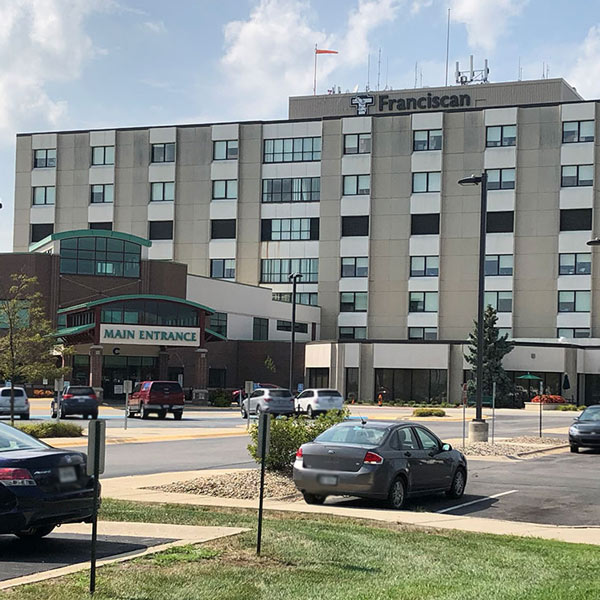About This Treatment
Non-Myeloablative transplant, also called "mini-transplant," "transplant-lite," or "reduced intensity transplant," is a stem cell transplant from a donor (allogeneic) that uses a less aggressive combination of chemotherapy and/or radiation to prepare the patient for the transplant. In the "conventional" allogeneic stem cell transplants, the goals of the preparative chemotherapy/radiation are to kill as many cancer cells as possible and to suppress the immune system of the patient to allow the donor cells to grow. The non-myeloablative transplant aims just to suppress the patient's immune system sufficiently to allow engraftment of the donor cells. Stem cell transplants with donor cells can fight cancer in two ways- The chemotherapy and/or radiation given prior to the transplant (preparative regimen or conditioning regimen) often destroys a lot of the cancer cells.
- The new (donor) immune system growing inside the body of the patient, may recognize the cancer cells as "dangerous" or "foreign", and may attack them (graft-versus-tumor effect).
Is a non-myeloablative transplant a good choice for me?
Many patients who might benefit from an allogenic stem-cell transplant are not good candidates for a conventional allogeneic transplant, because their advanced age or abnormalities in one of their organ systems would not allow the use of the very toxic preparative chemotherapy and/or radiation. If a graft versus tumor effect could benefit such a patient, a non-myeloablative transplant may be the best therapy option. Because they use less aggressive, less toxic chemotherapy and/or radiation, non-myeloablative transplants tend to be better tolerated by your body. The direct side effects of the preparative regimen are clearly less. IBMT physicians often perform non-myeloablative transplants completely as an outpatient therapy.The less toxic nature of the chemotherapy used for non-myeloablative transplants allows this treatment to be utilized in patients who are not candidates for "conventional" allogeneic transplants. Thus, patients in their sixties or patients with impaired heart, kidney or lung function may still be candidates for non-myeloablative transplant.
Non-myeloablative transplants rely mainly on the graft versus tumor effect. The chemotherapy of the preparative regimen is usually not active enough to suppress the cancer by itself. Therefore, rapidly growing cancers, such as aggressive malignant lymphoma or acute leukemia in relapse, often do not respond to non-myeloablative transplants. In addition, not all cancers that can be treated with allogeneic transplants have shown clear graft-versus-tumor effects. Thus, such cancers would not be good candidates for non-myeloablative transplants.
Most of the non-myeloablative transplants performed so far have used HLA-identical siblings or well-matched unrelated donors. Transplants from partially matched related donors have only rarely been attempted. It is feared that the non-myeloablative preparative therapy will not be sufficient to suppress the immune system of the patient; failure of the new donor cells to grow would be the result.
The vast majority of non-myeloablative transplants have used donor cells derived from the peripheral blood (peripheral blood stem cells), but bone marrow cells can also be used.






